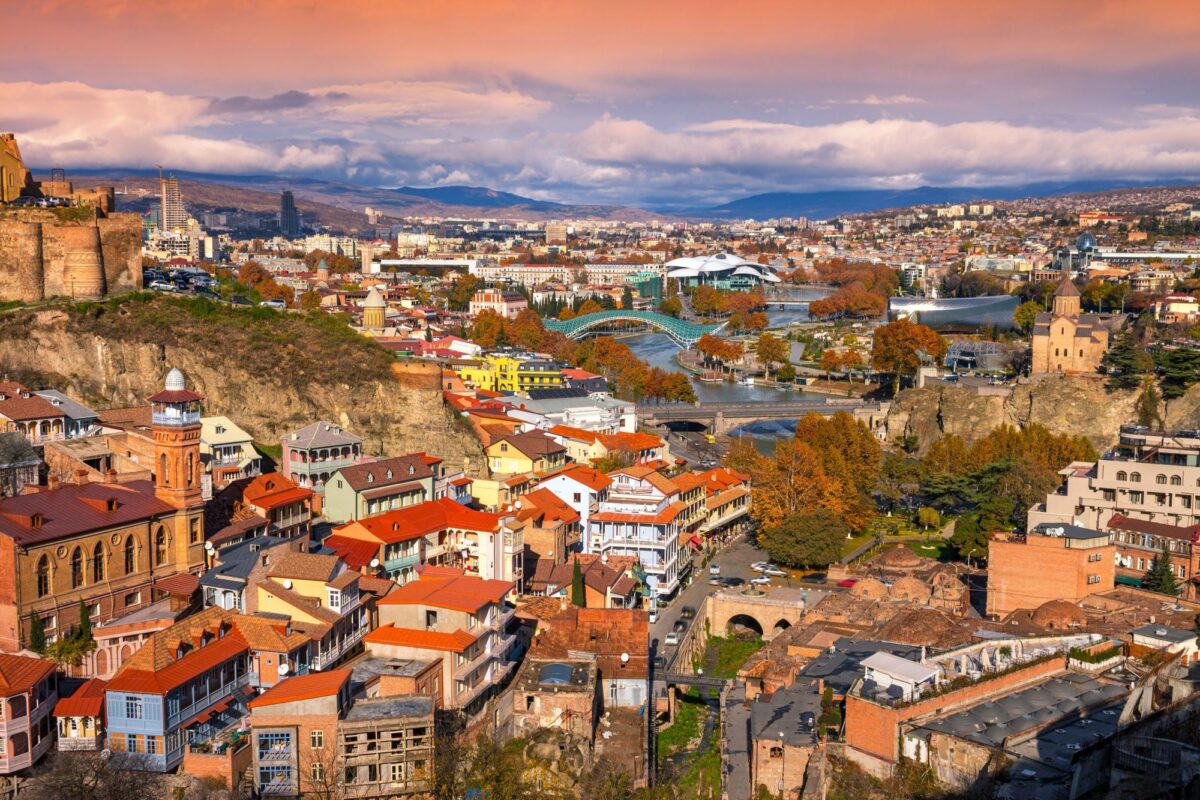Introduction
Nestled at the crossroads of Europe and Asia lies a country that exudes charm, mystique, and a wealth of cultural treasures – Georgia. This small nation, tucked between the Black Sea and the Caucasus Mountains, has a history that spans millennia, a vibrant culture that embraces both old and new, and breathtaking landscapes that beckon adventurous travelers. In this blog, we embark on a journey to uncover the fascinating aspects of Georgia, from its rich culture and cherished traditions to its captivating history and alluring tourism destinations.
Georgia’s Cultural Mosaic
Georgia is a melting pot of various influences, shaped by its interactions with neighboring countries and the Silk Road trade route. The country’s culture is an amalgamation of ancient indigenous traditions, Byzantine, Persian, Ottoman, and Russian influences, creating a unique and captivating mosaic.
1. Traditional Music and Dance: Georgian music and dance are an integral part of the nation’s cultural fabric. The polyphonic singing, characterized by multi-part harmonies, has been recognized by UNESCO as an intangible cultural heritage. Traditional dance performances are vibrant, expressive, and often accompanied by the resonant sounds of various musical instruments.
2. Art and Craftsmanship: Georgian art showcases a blend of religious, folk, and contemporary influences. Intricate religious icons, vibrant tapestries, and exquisite metalwork reflect the country’s artistic richness. Skilled artisans continue to preserve these traditions, passing them down through generations.
3. Cuisine: Georgian cuisine is a true delight for food enthusiasts. The country is renowned for its mouthwatering dishes, including khachapuri (cheese-filled bread), khinkali (dumplings), and the flavorful meat stew called chakapuli. Georgian wine, produced using ancient techniques, is another highlight, and the tradition of the supra (feast) emphasizes the significance of hospitality and togetherness in Georgian culture.
Time-Honored Traditions
1. Supra – Toasting Culture: The Georgian supra is not just a meal but a cherished ritual of bonding and celebration. It involves a sequence of toasts, each delivered with heartfelt emotion and accompanied by wine. The Tamada, or toastmaster, plays a crucial role in guiding the flow of the event, and each toast expresses gratitude, love, or humor.
2. Polyphonic Singing: As mentioned earlier, Georgia’s traditional polyphonic singing is a vital part of their heritage. Families and communities often gather for singing sessions, and the harmonious melodies carry deep emotional significance.
3. Hospitality: Georgians are renowned for their warm hospitality. Guests are treated with the utmost respect and are often welcomed with open arms into homes, even by strangers. This genuine hospitality creates unforgettable experiences for travelers.
Tracing Georgia’s History
Georgia’s history is both ancient and eventful, with its roots dating back to the Paleolithic era. Throughout the centuries, Georgia has experienced the rise and fall of empires, invasions, and periods of independence. Some key historical highlights include:
1. The Kingdom of Colchis: Famed in Greek mythology for its connection to the Golden Fleece, Colchis was an ancient Georgian kingdom on the eastern coast of the Black Sea.
2. The Kingdom of Iberia: Iberia (not to be confused with the modern-day Iberian Peninsula) was a significant kingdom in the region that later adopted Christianity in the early 4th century, making Georgia one of the first Christian nations in the world.
3. The Golden Age and Decline: Georgia witnessed a “Golden Age” during the reign of Queen Tamar in the 12th and 13th centuries when the country flourished culturally and economically. However, the subsequent centuries brought invasions from Mongols, Persians, and Ottomans, leading to a period of decline.
Tourism: Exploring Georgia’s Wonders
1. Tbilisi: The capital city is a charming blend of the old and the new. Its cobblestone streets, ancient churches, and traditional sulfur baths contrast with modern architecture and vibrant nightlife.
2. Svetitskhoveli Cathedral: Located in the town of Mtskheta, this UNESCO-listed cathedral is a masterpiece of medieval Georgian architecture and a significant religious site.
3. The Cave Monastery of Vardzia: Carved into the cliffs, this ancient cave complex offers a glimpse into Georgia’s monastic past and offers stunning views of the surrounding landscape.
4. Uplistsikhe: An ancient rock-hewn town that dates back to the early Iron Age, Uplistsikhe is a fascinating archaeological site.
5. The Caucasus Mountains: For nature enthusiasts, the stunning landscapes of the Caucasus offer opportunities for hiking, skiing, and exploring picturesque villages.
6. Batumi: This vibrant seaside city on the Black Sea coast boasts modern architecture, beautiful beaches, and a lively atmosphere.
Conclusion
Georgia is a country that captivates visitors with its rich cultural heritage, cherished traditions, and captivating history. From its harmonious polyphonic singing to the mouthwatering flavors of its cuisine, Georgia offers a sensory journey like no other. As you explore the ancient churches, stroll through charming towns, and embrace the hospitality of its people, you will discover a land that leaves an indelible mark on your heart, making you yearn to return to this enchanting nation time and again. So, pack your bags and embark on a journey of a lifetime to experience the magic of Georgia!





0 Comment